
Best Iran Bazaars: from Tehran bazaar to Tabriz bazaar
/
0 Comments
Iran bazaars are among the astonishing tourist attractions that…
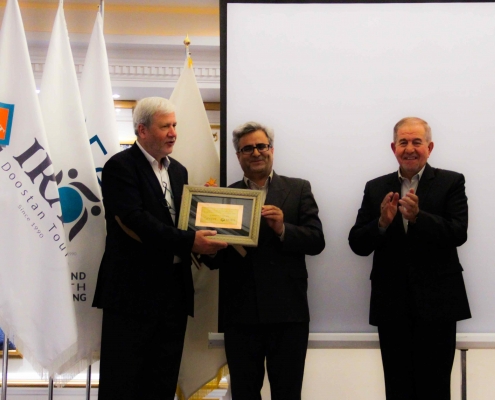
FEPET Spanish Journalists in Iran to Promote Iran Travel and Tourism Industry
46 members of the Spanish Federation of Journalists and Writers…
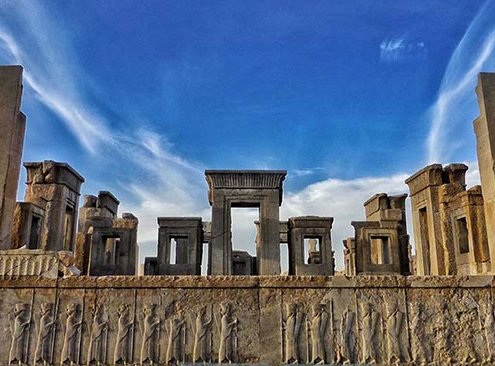
Iran travel guide: Culture, Nature, Attractions, Safety & more
Iran is one of the most ancient countries located in the west…
 https://irandoostan.com/dostcont/uploads/2018/11/IRAN-AS-SAFE-AS-THE-UK-AND-SLOVENIA-DENMARK-AND-SWITZERLAND-AMONG-WORLDS-LEAST-DANGEROUS-COUNTRIES.jpg
440
660
Farima Fehrest
https://irandoostan.com/dostcont/uploads/2025/05/Irandoostan-logo.webp
Farima Fehrest2018-11-24 15:43:062023-09-10 14:45:07Travel Risk Map 2019: Iran is a safe destination to travel
https://irandoostan.com/dostcont/uploads/2018/11/IRAN-AS-SAFE-AS-THE-UK-AND-SLOVENIA-DENMARK-AND-SWITZERLAND-AMONG-WORLDS-LEAST-DANGEROUS-COUNTRIES.jpg
440
660
Farima Fehrest
https://irandoostan.com/dostcont/uploads/2025/05/Irandoostan-logo.webp
Farima Fehrest2018-11-24 15:43:062023-09-10 14:45:07Travel Risk Map 2019: Iran is a safe destination to travel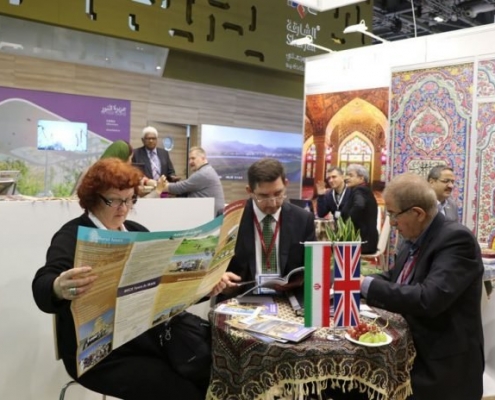 https://irandoostan.com/dostcont/uploads/2018/11/Iran-Doostan-tours-WTM-London.jpg
464
696
Farima Fehrest
https://irandoostan.com/dostcont/uploads/2025/05/Irandoostan-logo.webp
Farima Fehrest2018-11-19 14:25:212020-06-10 15:29:20London welcomes Iran at WTM despite U.S. sanctions
https://irandoostan.com/dostcont/uploads/2018/11/Iran-Doostan-tours-WTM-London.jpg
464
696
Farima Fehrest
https://irandoostan.com/dostcont/uploads/2025/05/Irandoostan-logo.webp
Farima Fehrest2018-11-19 14:25:212020-06-10 15:29:20London welcomes Iran at WTM despite U.S. sanctions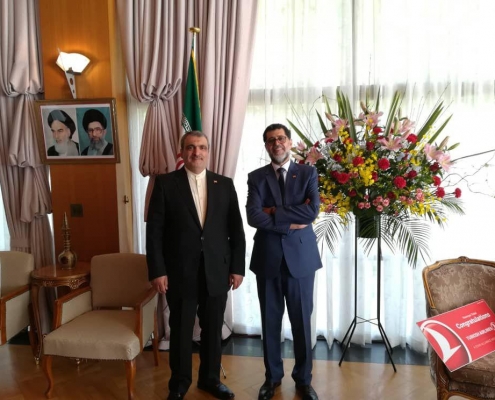 https://irandoostan.com/dostcont/uploads/2018/10/Destination-Seminar-Japan-2018-Iran-Doostan-Tours-3.jpg
744
992
Travel to Iran
https://irandoostan.com/dostcont/uploads/2025/05/Irandoostan-logo.webp
Travel to Iran2018-10-28 11:57:222020-06-10 15:29:09Destination Seminar on the Anniversary of Iran-Japan Diplomatic Relations
https://irandoostan.com/dostcont/uploads/2018/10/Destination-Seminar-Japan-2018-Iran-Doostan-Tours-3.jpg
744
992
Travel to Iran
https://irandoostan.com/dostcont/uploads/2025/05/Irandoostan-logo.webp
Travel to Iran2018-10-28 11:57:222020-06-10 15:29:09Destination Seminar on the Anniversary of Iran-Japan Diplomatic Relations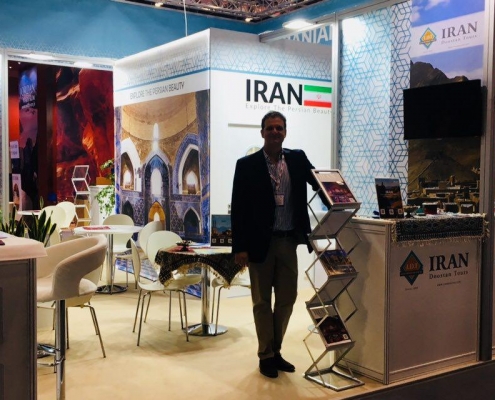 https://irandoostan.com/dostcont/uploads/2018/10/Iran-Doostan-tours-WTM-London-2018.jpg
640
854
Travel to Iran
https://irandoostan.com/dostcont/uploads/2025/05/Irandoostan-logo.webp
Travel to Iran2018-10-06 12:22:552020-06-10 15:32:20Iran Doostan Tours in WTM London 2018
https://irandoostan.com/dostcont/uploads/2018/10/Iran-Doostan-tours-WTM-London-2018.jpg
640
854
Travel to Iran
https://irandoostan.com/dostcont/uploads/2025/05/Irandoostan-logo.webp
Travel to Iran2018-10-06 12:22:552020-06-10 15:32:20Iran Doostan Tours in WTM London 2018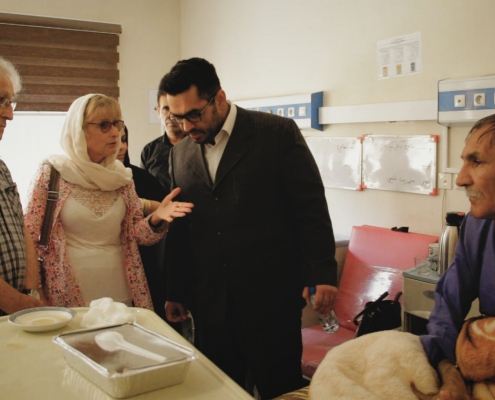 https://irandoostan.com/dostcont/uploads/2018/10/Donation-by-French-Tourists-to-Kermanshah-3.jpg
1080
1920
Iran Travel
https://irandoostan.com/dostcont/uploads/2025/05/Irandoostan-logo.webp
Iran Travel2018-10-06 09:18:342020-06-10 15:33:29The 5 Thousand Euro Donation by Philanthropist French Tourists to Kermanshah
https://irandoostan.com/dostcont/uploads/2018/10/Donation-by-French-Tourists-to-Kermanshah-3.jpg
1080
1920
Iran Travel
https://irandoostan.com/dostcont/uploads/2025/05/Irandoostan-logo.webp
Iran Travel2018-10-06 09:18:342020-06-10 15:33:29The 5 Thousand Euro Donation by Philanthropist French Tourists to Kermanshah https://irandoostan.com/dostcont/uploads/2018/09/Polo-in-Naqsh-e-Jahan-Travel-to-Iran-2-Web-2.jpg
1220
2362
Iran Travel
https://irandoostan.com/dostcont/uploads/2025/05/Irandoostan-logo.webp
Iran Travel2018-09-30 14:43:562025-04-13 14:58:16Polo or Chogan (game): History, Rules & more
https://irandoostan.com/dostcont/uploads/2018/09/Polo-in-Naqsh-e-Jahan-Travel-to-Iran-2-Web-2.jpg
1220
2362
Iran Travel
https://irandoostan.com/dostcont/uploads/2025/05/Irandoostan-logo.webp
Iran Travel2018-09-30 14:43:562025-04-13 14:58:16Polo or Chogan (game): History, Rules & more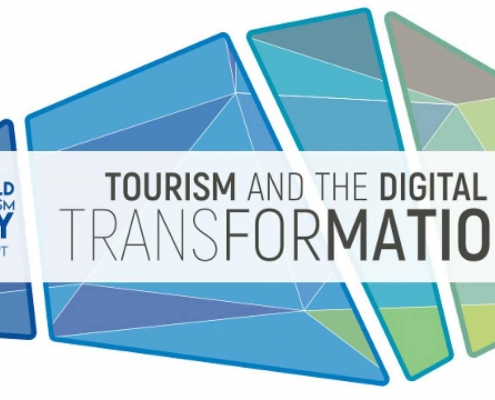 https://irandoostan.com/dostcont/uploads/2018/09/Iran-wtd-2018.jpg
906
1610
Farima Fehrest
https://irandoostan.com/dostcont/uploads/2025/05/Irandoostan-logo.webp
Farima Fehrest2018-09-29 16:09:072020-06-10 15:39:08Iran Tourism and digital transformation on WTD, 2018
https://irandoostan.com/dostcont/uploads/2018/09/Iran-wtd-2018.jpg
906
1610
Farima Fehrest
https://irandoostan.com/dostcont/uploads/2025/05/Irandoostan-logo.webp
Farima Fehrest2018-09-29 16:09:072020-06-10 15:39:08Iran Tourism and digital transformation on WTD, 2018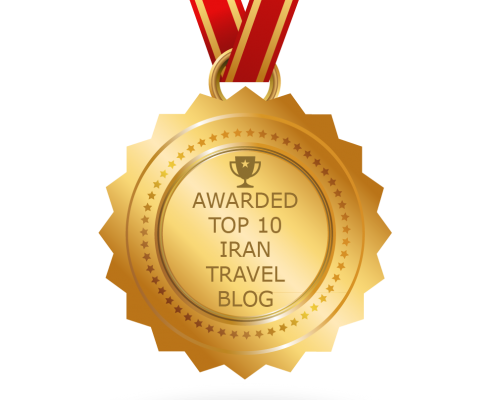
Iran Doostan Tours Co. announced as the top 2nd Iran travel blog
Iran Doostan Tours Co. is proud to be announced as the top 2nd…

Naqsh-e Rostam Necropolis: Photos, Video, Info
Naqsh-e Rostam is an ancient necropolis situated northwest of…
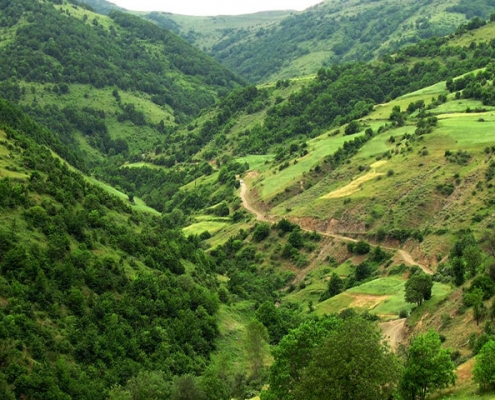 https://irandoostan.com/dostcont/uploads/2018/09/East-Azerbaijan-Province-Travel-to-Iran.jpg
480
640
Iran Travel
https://irandoostan.com/dostcont/uploads/2025/05/Irandoostan-logo.webp
Iran Travel2018-09-04 15:40:002025-05-05 11:44:43The Coldest Places in Iran during Hot Summer (P2)
https://irandoostan.com/dostcont/uploads/2018/09/East-Azerbaijan-Province-Travel-to-Iran.jpg
480
640
Iran Travel
https://irandoostan.com/dostcont/uploads/2025/05/Irandoostan-logo.webp
Iran Travel2018-09-04 15:40:002025-05-05 11:44:43The Coldest Places in Iran during Hot Summer (P2)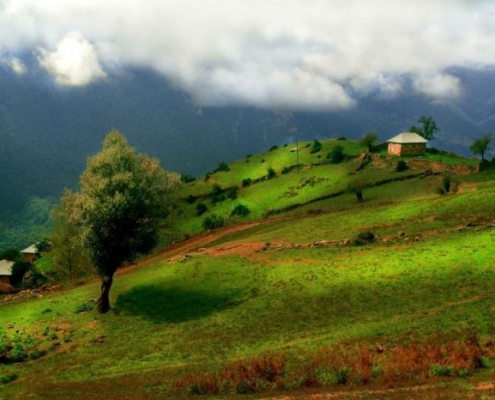 https://irandoostan.com/dostcont/uploads/2018/08/Alasht-Mazandaran-Travel-to-Iran.jpg
466
650
Iran Travel
https://irandoostan.com/dostcont/uploads/2025/05/Irandoostan-logo.webp
Iran Travel2018-08-27 12:08:562025-04-13 14:58:50The Coldest Places in Iran during Hot Summer Holidays (P1)
https://irandoostan.com/dostcont/uploads/2018/08/Alasht-Mazandaran-Travel-to-Iran.jpg
466
650
Iran Travel
https://irandoostan.com/dostcont/uploads/2025/05/Irandoostan-logo.webp
Iran Travel2018-08-27 12:08:562025-04-13 14:58:50The Coldest Places in Iran during Hot Summer Holidays (P1)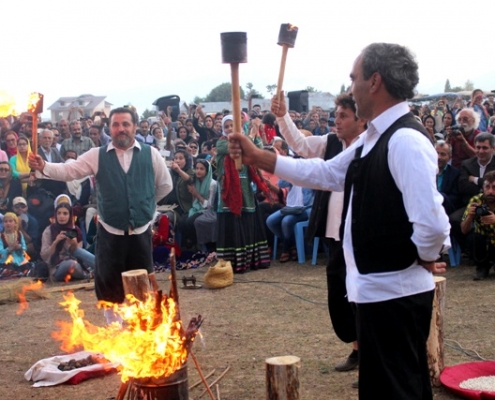 https://irandoostan.com/dostcont/uploads/2018/08/Nowruzbal-Ceremony-North-of-Iran-Travel-to-Iran-1-1.jpg
427
640
Iran Travel
https://irandoostan.com/dostcont/uploads/2025/05/Irandoostan-logo.webp
Iran Travel2018-08-21 16:18:352025-04-13 14:58:58Nowruzbal, the New Year in the North Part of Iran
https://irandoostan.com/dostcont/uploads/2018/08/Nowruzbal-Ceremony-North-of-Iran-Travel-to-Iran-1-1.jpg
427
640
Iran Travel
https://irandoostan.com/dostcont/uploads/2025/05/Irandoostan-logo.webp
Iran Travel2018-08-21 16:18:352025-04-13 14:58:58Nowruzbal, the New Year in the North Part of Iran https://irandoostan.com/dostcont/uploads/2018/08/travel-to-Iran.jpg
1024
768
Farima Fehrest
https://irandoostan.com/dostcont/uploads/2025/05/Irandoostan-logo.webp
Farima Fehrest2018-08-19 15:25:042023-09-11 11:01:55No Passport Stamp In Iran: passports will not be stamped
https://irandoostan.com/dostcont/uploads/2018/08/travel-to-Iran.jpg
1024
768
Farima Fehrest
https://irandoostan.com/dostcont/uploads/2025/05/Irandoostan-logo.webp
Farima Fehrest2018-08-19 15:25:042023-09-11 11:01:55No Passport Stamp In Iran: passports will not be stamped
Fin Garden in Kashan: Photos, Architecture, Plan, History
Fin Garden, also known as Bagh-e-Fin, in Kashan, is one of nine…
 https://irandoostan.com/dostcont/uploads/2018/06/Travel-to-Iran-tours-to-Iran..jpg
600
800
Farima Fehrest
https://irandoostan.com/dostcont/uploads/2025/05/Irandoostan-logo.webp
Farima Fehrest2018-06-12 15:22:382025-04-13 14:59:4617 Things to Know Before Traveling to Iran
https://irandoostan.com/dostcont/uploads/2018/06/Travel-to-Iran-tours-to-Iran..jpg
600
800
Farima Fehrest
https://irandoostan.com/dostcont/uploads/2025/05/Irandoostan-logo.webp
Farima Fehrest2018-06-12 15:22:382025-04-13 14:59:4617 Things to Know Before Traveling to Iran

